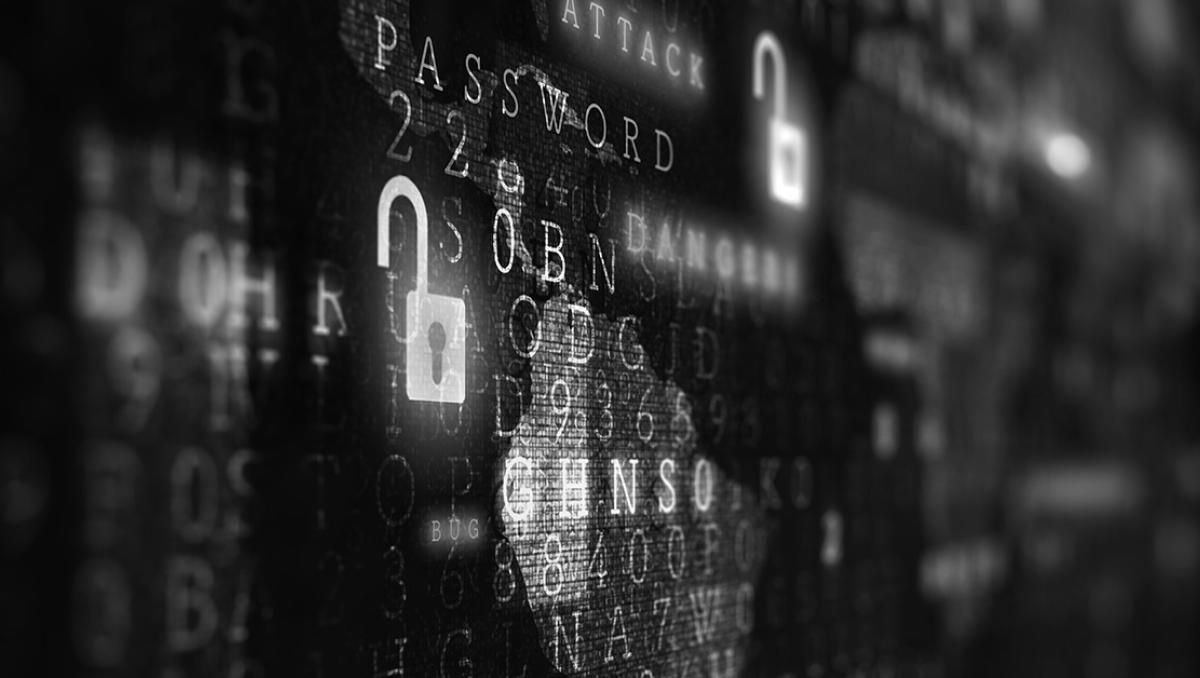IE 11 Not Supported
For optimal browsing, we recommend Chrome, Firefox or Safari browsers.
There are six university-led, federally funded projects, and they focus on training specialists and developing defense tools to protect against attacks aimed at hobbling the country’s energy sector.

Shutterstock
The effort is fueled by two years of grant funding from the Department of Energy’s Office of Cybersecurity, Energy Security and Emergency Response (CESER). The universities are partnering with energy sector operators, vendors, national labs and other higher education institutions in their regions.
Traditional energy infrastructure struggles with hard-to-maintain legacy systems, said Dr. Daniel G. Cole, principal investigator on University of Pittsburgh’s project and assistant professor in the Department of Mechanical Engineering and Materials Science. Operators have long been reluctant to upgrade tech, fearing disruptions in a system that cannot afford downtime.
The project in Pittsburgh looks to use digital twins to examine energy systems’ abilities to combat cyber attacks.
Grid modernization has also introduced new concerns. Grids increasingly involve small distributed energy resources that communicate over public networks, said Dr. Junbo Zhao, principal investigator on the University of Connecticut’s project and associate director of its Eversource Energy Center. Successfully attacking these smaller entities could give threat actors an avenue into the wider electric system, added Dr. Emmanouil Anagnostou, professor in the Department of Civil and Environmental Engineering.
To address this, the Connecticut project aims to develop tools to mitigate cyber attack impacts on distributed energy resources to help them quickly become operational again. Solutions should be comprehensive, accounting for how energy operations blend both information and technology, Zhao said.
Iowa State University, meanwhile, looks to provide real-time situation awareness, envisioning machine learning-powered anomaly detection at edge devices, which would then report back to a cloud-based control center. This gives a cohesive view across the system, said Manimaran Govindarasu, professor of engineering at Iowa State University and principal investigator on the project there.
Any cyber tool, however, must be cost efficient for infrastructure operators, otherwise electric rates may rise, said Mohammad Ashiqur Rahman, who is Florida International University’s principal investigator and an associate professor in the Department of Electrical and Computer Engineering. Security measures also must not reduce the reliability of power grids.
That university is working on moving target defense solutions that disguise defender infrastructure to make it difficult for attackers to understand target systems, frustrating attack planning. For example, such a solution might make data appear to originate from a different source than it actually did, confusing the attackers.
And technology is only one piece of a solution. Pittsburgh is also engaging its Institute for Cyber Law, Policy and Security, to help understand the impact of policy and other factors on getting security measures adopted. Energy sector organizations need to understand the potential barriers to improving cybersecurity, as well as policies that apply.
“You [could] dream of a great technical solution, but for certain reasons that have to do with legal barriers or something, it can’t be adopted,” Cole said.
Universities are collaborating with many partners — more than 20 in the case of Connecticut. This includes other universities, national labs and members of the industry. Industry feedback can help ensure that solutions actually get used, Cole said.
Iowa State’s Govindarasu said the partnerships will bring formerly isolated utilities into conversation with each other, fostering more collaboration on cyber. The universities also intend to build out a workforce ready to secure electric grids.
“There aren’t enough cybersecurity specialists to begin with,” Cole said. “And then there are even fewer of this particular flavor of cybersecurity specialist, where they’re good at dealing with operational technology systems.”
Some universities are considering developing new curricula. That might mean bringing together cyber-focused computer science students with engineering students for cross-training opportunities. Florida International’s proposed initiative includes annual workshops with industry networking opportunities for students and mentorships for postdocs. Some universities suggested internships at partner companies or in national labs. Connecticut is also considering creating a website to host resources.
Never miss a story with the GovTech Today newsletter.




